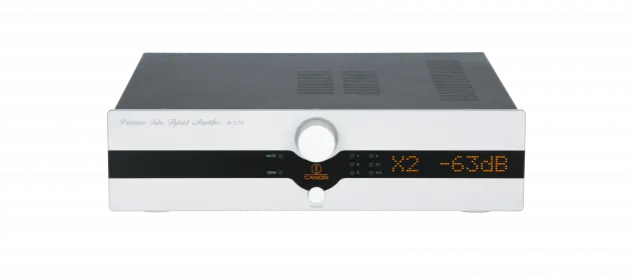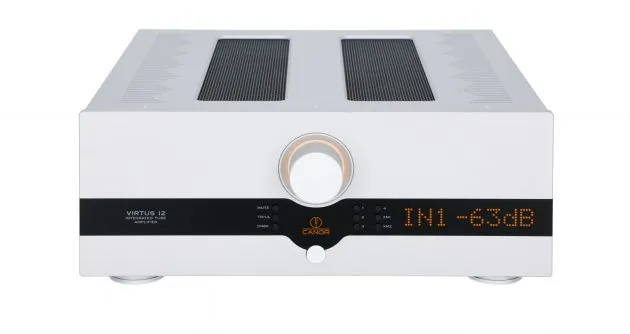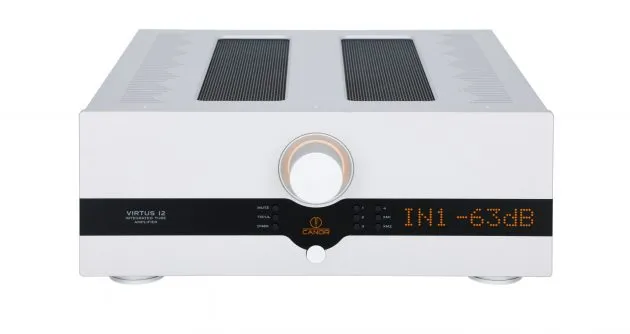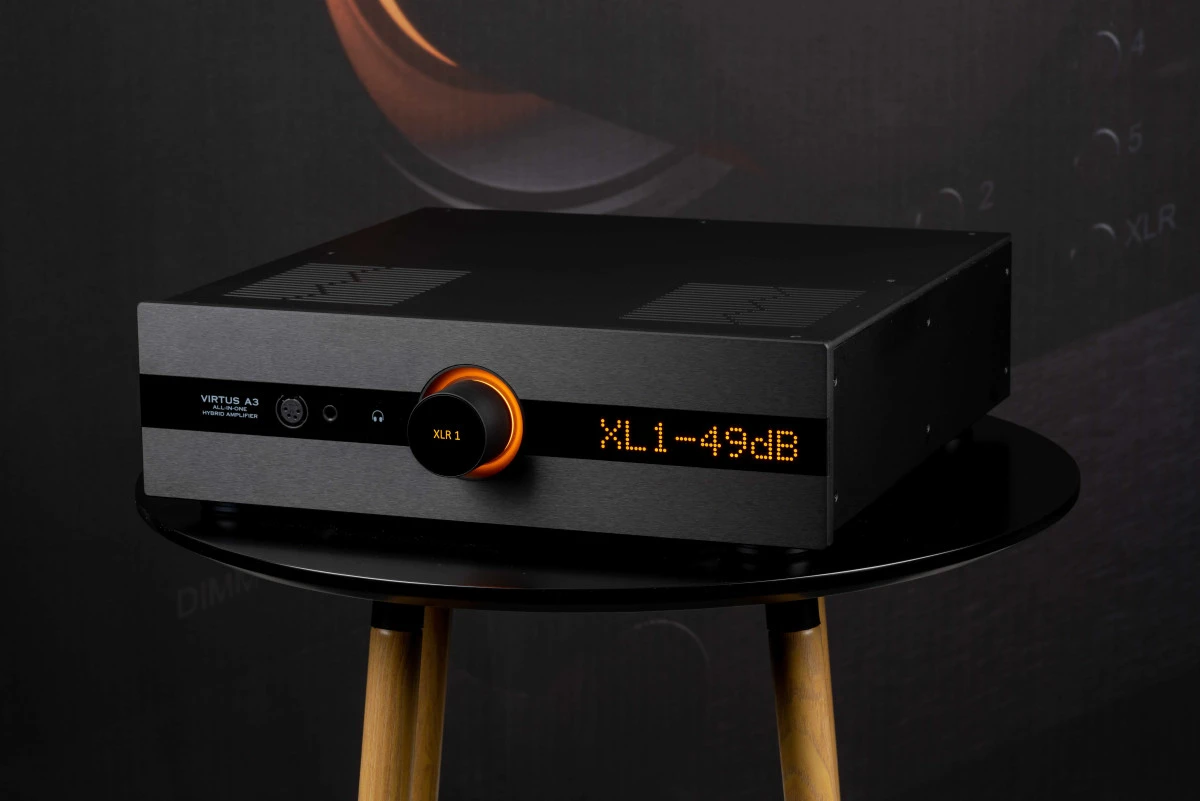Integrated amplifiers — Canor Audio AI 1.20
Description, images, technical data and specifications
Canor Audio AI 1.20
Image source — © Canor Audio
A transistor integrated amplifier in pure class A with an output power of 50 Watts with the possibility of bridging to implement the monoblock mode of 100 watts each without an additional pre-amplifier. The volume is controlled using resistive attenuators with relay switching (separate for each channel). In the monoblock mode, the volume controls are synchronized according to the Master-Slave principle.
Specifications
Model name
AI 1.20
Type
Integrated Amplifier
Analog inputs (balanced)
N/A
Analog inputs (single-ended)
5
Input sensitivity (mV)
290
Input impedance (balanced) (Ω)
N/A
Input impedance (single-ended) (Ω)
33 000
Output impedance (balanced) (Ω)
N/A
Output impedance (single-ended) (Ω)
N/A
D/A conversion
N/A
Phono MM/MC current-sensing input impedance (Ω)
N/A
Output power (8Ω) (W)
2 x 30
Output power (4Ω) (W)
2 x 50
Gain (dBu)
N/A
Frequency response low +/- 3dB (Hz)
N/A
Frequency response high +/- 3dB (Hz)
N/A
Signal to Noise Ratio (dB)
90
Total Harmonic Distortion + Noise (%)
< 0,0009
Damping factor
N/A
Dimensions (mm)
435 x 170 x 485
Weight (kg)
28
Official link
More components

Integrated amplifiers
Canor Audio AI 2.10

Integrated amplifiers
Canor Audio AI 1.10

Integrated amplifiers
Canor Audio VIRTUS I2

Integrated amplifiers
Canor Audio Virtus A3


